Exploring the world’s hidden gems can lead to some of the most intriguing discoveries. While famous landmarks attract millions of visitors each year, many lesser-known sites hold equally captivating stories and unique histories. In this article, we delve into the top 14 obscure landmarks with fascinating histories, offering a glimpse into the past and the remarkable tales that have shaped these extraordinary places. From ancient underground cities to ghost towns reclaimed by nature, each of these landmarks has a unique story waiting to be uncovered.
Derinkuyu Underground City, Turkey
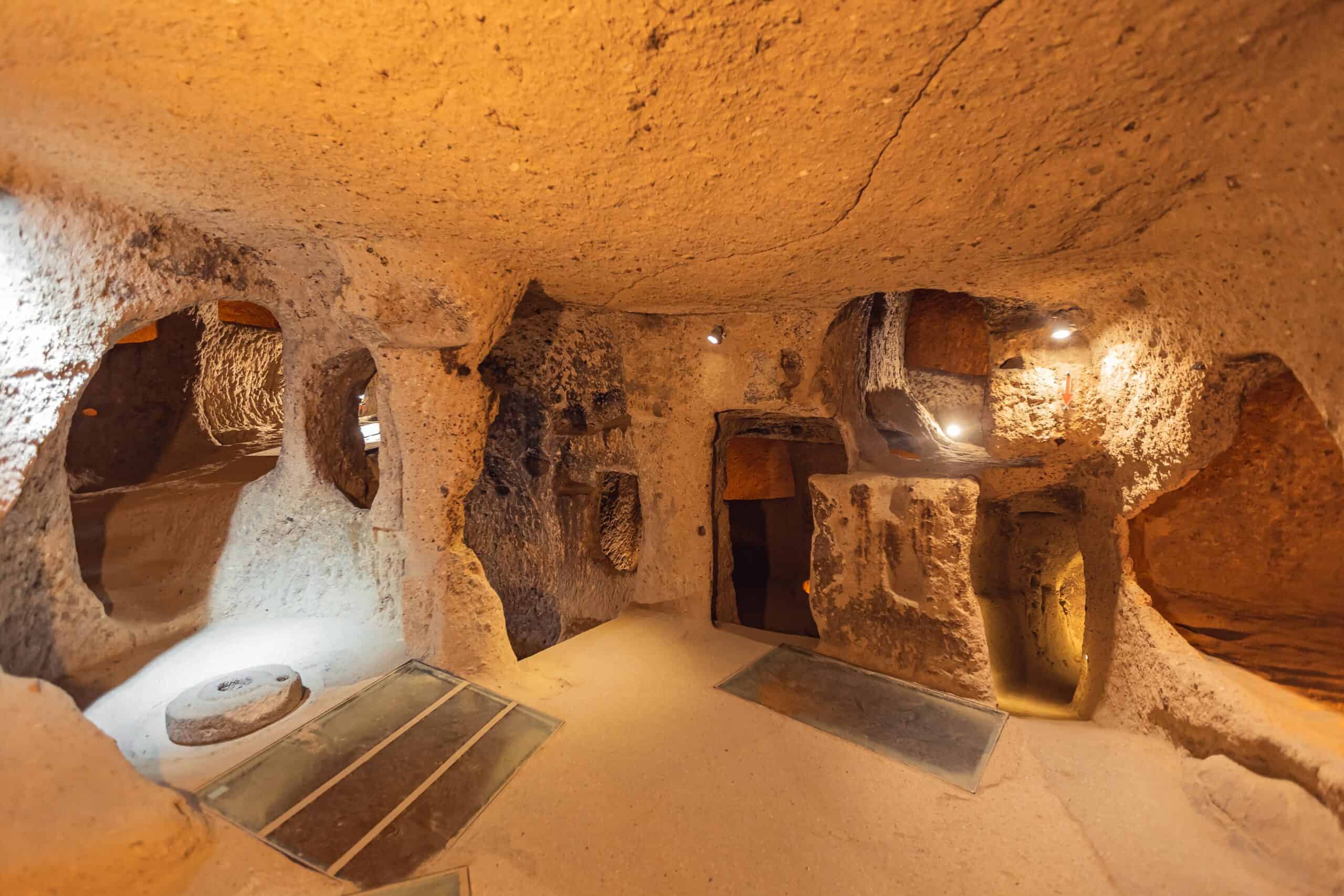
Derinkuyu Underground City is an extraordinary marvel of ancient engineering located in the Cappadocia region of Turkey. Discovered accidentally in 1963, this multi-level subterranean city descends to a depth of approximately 60 meters and spans over 18 levels, capable of accommodating up to 20,000 people. The city includes a labyrinth of tunnels, rooms, communal spaces, wine and oil presses, stables, storage areas, and chapels. Thought to have been used as a refuge during times of war or persecution, Derinkuyu showcases the ingenuity of its builders who devised an extensive ventilation system to ensure a supply of fresh air even at the deepest levels. The city also features rolling stone doors that could be closed from the inside to protect against invaders. The sheer scale and complexity of Derinkuyu, combined with its purpose as a haven in times of conflict, make it one of the most fascinating and obscure landmarks in the world.
San Juan Parangaricutiro Church, Mexico
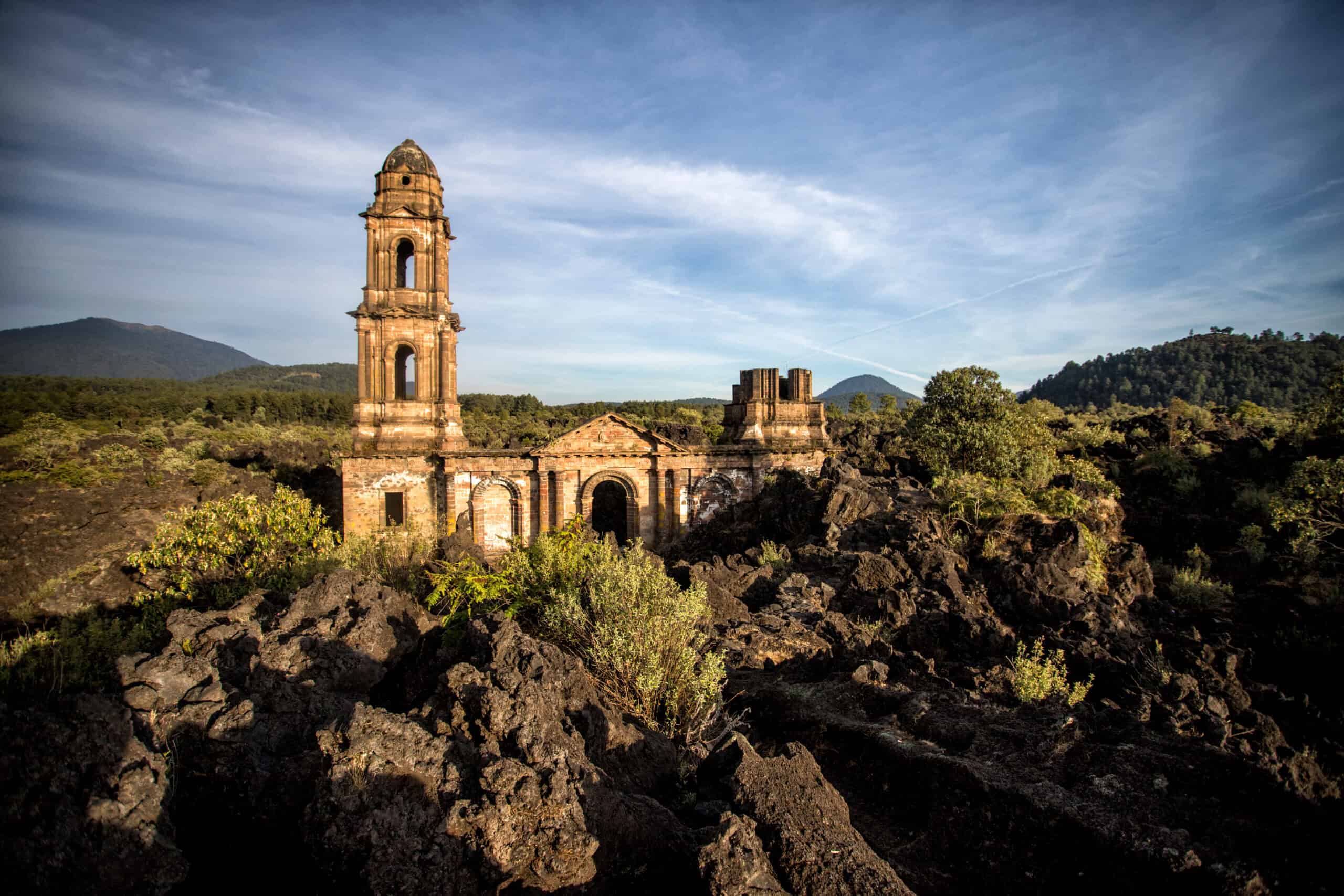
The San Juan Parangaricutiro Church stands as a haunting testament to the destructive power of nature and the resilience of human spirit. This church is all that remains of the town of Parícutin, which was buried by lava during the eruption of the Parícutin volcano in 1943. Remarkably, the church’s steeple and altar emerged unscathed from the lava flow, creating an eerie and poignant scene where the structures rise dramatically above the hardened lava field. The eruption, which lasted for nine years, completely transformed the landscape and forced the evacuation of the town’s inhabitants. Today, the ruins of San Juan Parangaricutiro Church serve as a stark reminder of the volcanic event and have become a symbol of survival and adaptation in the face of natural disasters. The site attracts visitors from around the world who are drawn to its unique combination of geological wonder and historical significance.
Humberstone and Santa Laura Saltpeter Works, Chile
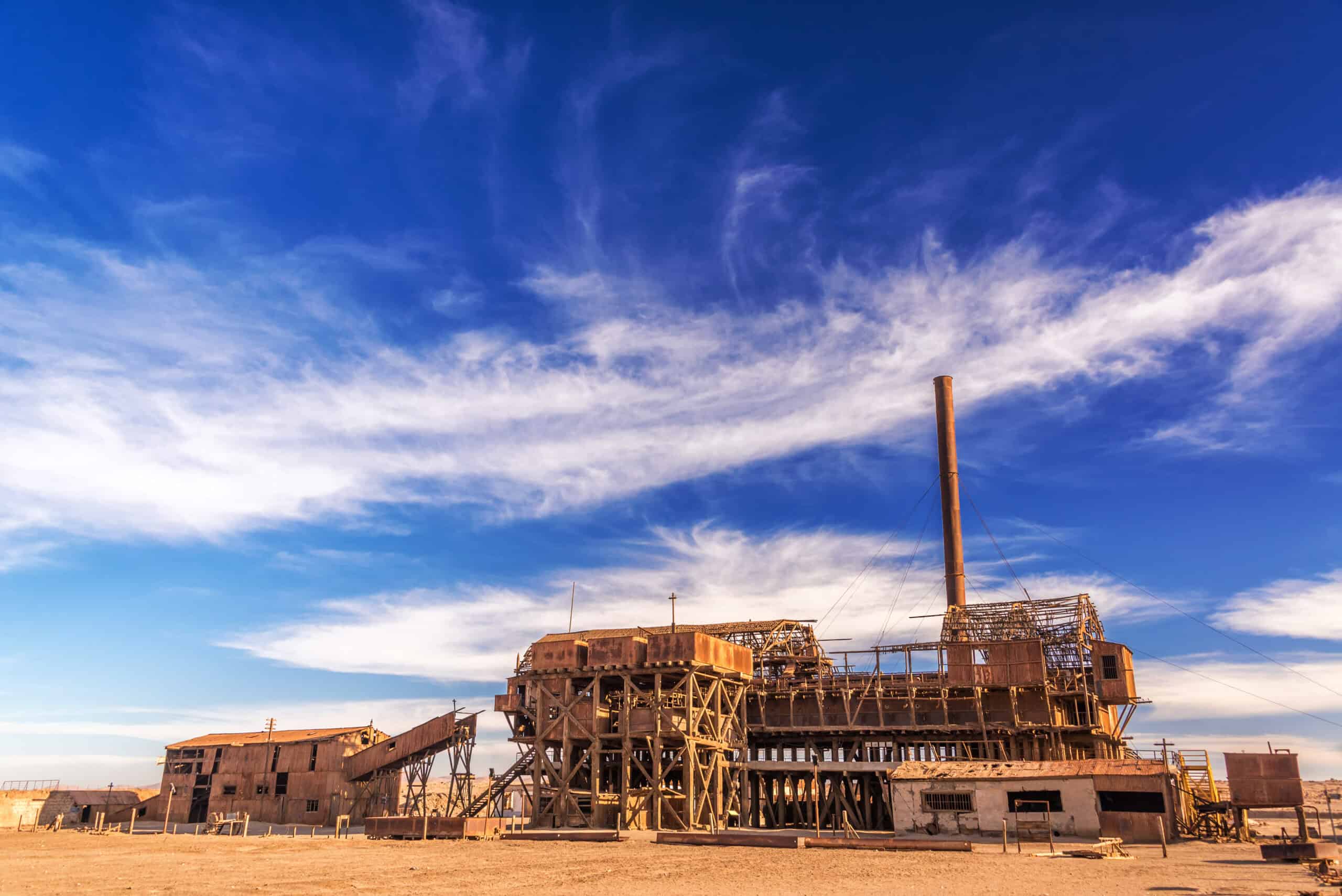
Humberstone and Santa Laura are former saltpeter refineries located in the harsh Atacama Desert of Chile. Established in the late 19th century, these sites thrived during the nitrate boom, producing potassium nitrate, or saltpeter, which was a key ingredient in fertilizers and explosives. At their peak, the refineries were bustling communities, home to thousands of workers who endured the extreme desert conditions. However, the advent of synthetic nitrates in the early 20th century led to the decline of the industry, and both refineries were abandoned by the 1960s. Today, Humberstone and Santa Laura stand as ghost towns, their decaying industrial buildings and machinery offering a haunting glimpse into a bygone era of prosperity and hardship. The preserved remnants of these once-thriving communities highlight the boom-and-bust nature of industrial history and have earned them a place on the UNESCO World Heritage list for their historical significance.
Kolmanskop, Namibia
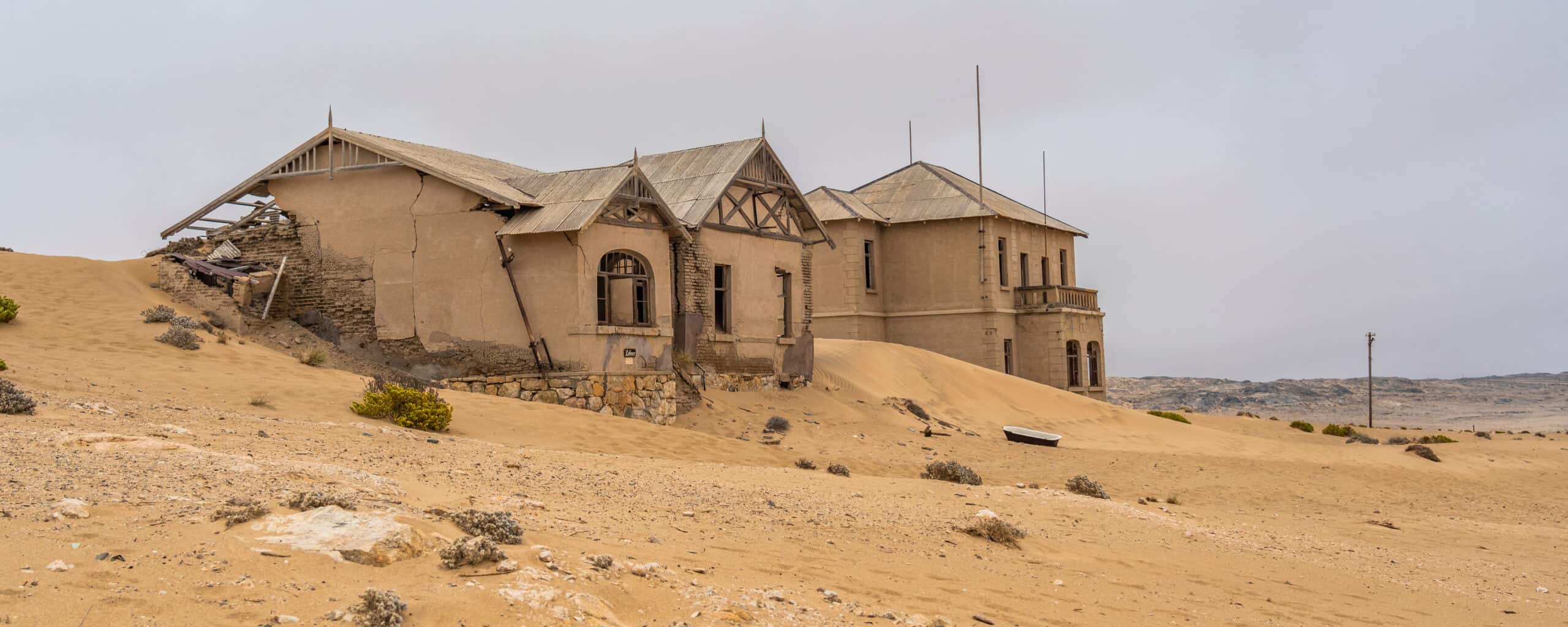
Kolmanskop is a ghost town in the Namib Desert, once a bustling diamond mining town during the early 20th century. Founded in 1908 after a diamond was discovered in the area, Kolmanskop quickly grew into a thriving settlement, complete with grand buildings, a hospital, a ballroom, and even a casino. At its height, the town was one of the wealthiest in Africa, with its residents enjoying a lavish lifestyle. However, the diamond fields were eventually depleted, and the town was abandoned by the 1950s. Today, Kolmanskop is slowly being reclaimed by the desert, with sand dunes encroaching upon the decaying structures. The eerie, half-buried buildings provide a hauntingly beautiful backdrop that draws photographers and tourists from around the world. The town’s rapid rise and fall serve as a poignant reminder of the transient nature of human endeavors and the relentless power of the natural environment.
Matmata, Tunisia

Matmata is renowned for its troglodyte dwellings, which are underground homes carved into the rock by the Berber people. These unique structures provide natural insulation from the extreme temperatures of the desert, keeping them cool in the summer and warm in the winter. The Berbers have lived in these cave houses for centuries, adapting to the harsh environment of southern Tunisia. Matmata gained international fame when it was used as a filming location for the planet Tatooine in the original Star Wars trilogy, adding a layer of modern cultural significance to its historical obscurity. Visitors to Matmata can explore the labyrinthine underground homes and experience a way of life that has endured for generations. The town’s blend of ancient tradition and cinematic fame make it a fascinating and obscure landmark.
Gunkanjima (Battleship Island), Japan
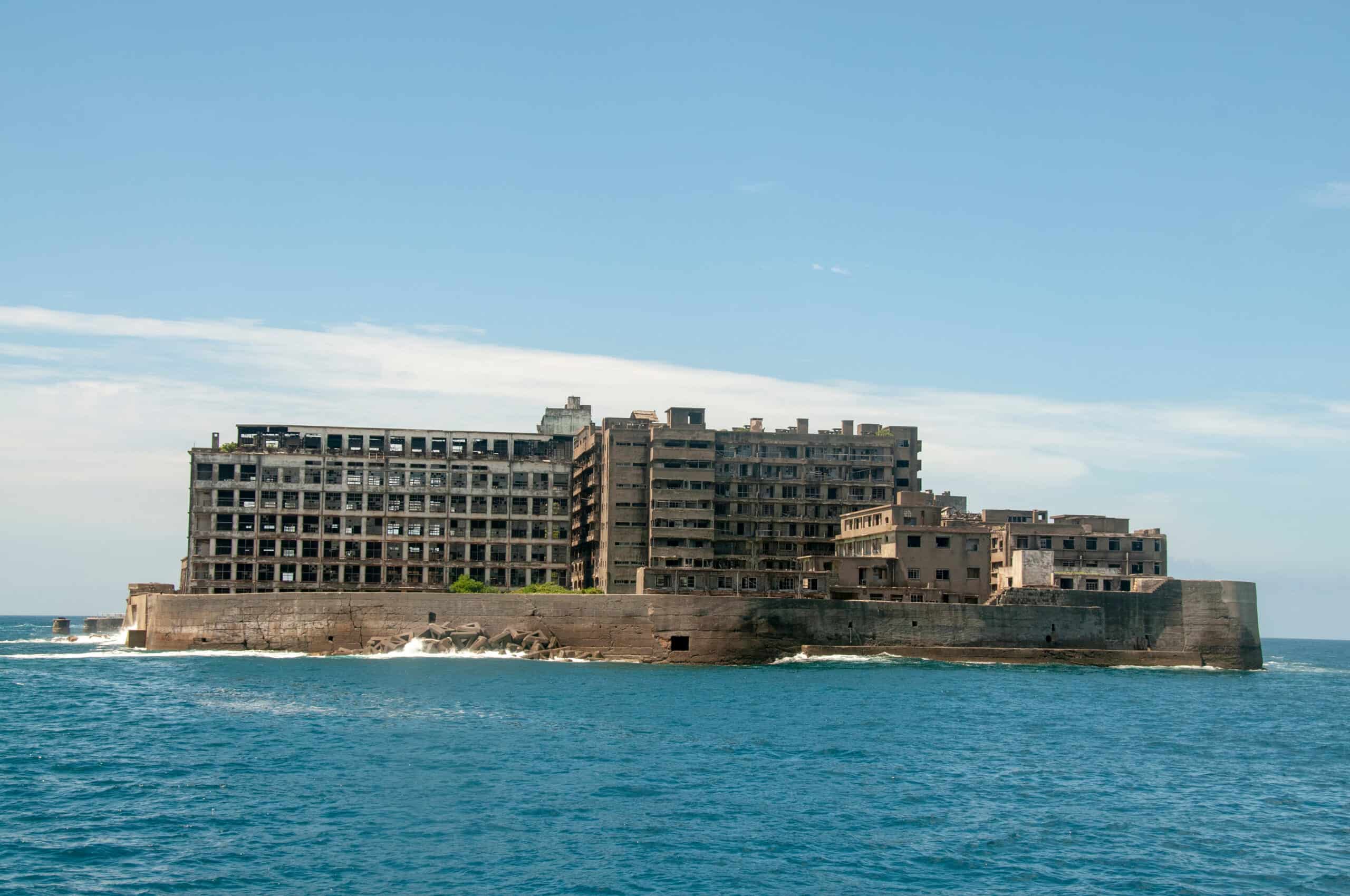
Hashima Island, more commonly known as Gunkanjima or Battleship Island, is a small island off the coast of Nagasaki, Japan. Once a thriving coal mining facility, the island was home to more than 5,000 residents at its peak in the 1950s, making it one of the most densely populated places in the world at that time. The island’s nickname, Gunkanjima, comes from its resemblance to a battleship due to its densely packed, towering concrete buildings. After the coal mines closed in 1974, the island was abandoned, leaving behind a desolate landscape of crumbling structures. Today, Gunkanjima stands as a stark symbol of Japan’s rapid industrialization and subsequent decline, attracting urban explorers, historians, and tourists. The island’s eerie, post-apocalyptic appearance has also made it a popular filming location, notably featured in the James Bond film “Skyfall.”
Oradour-sur-Glane, France
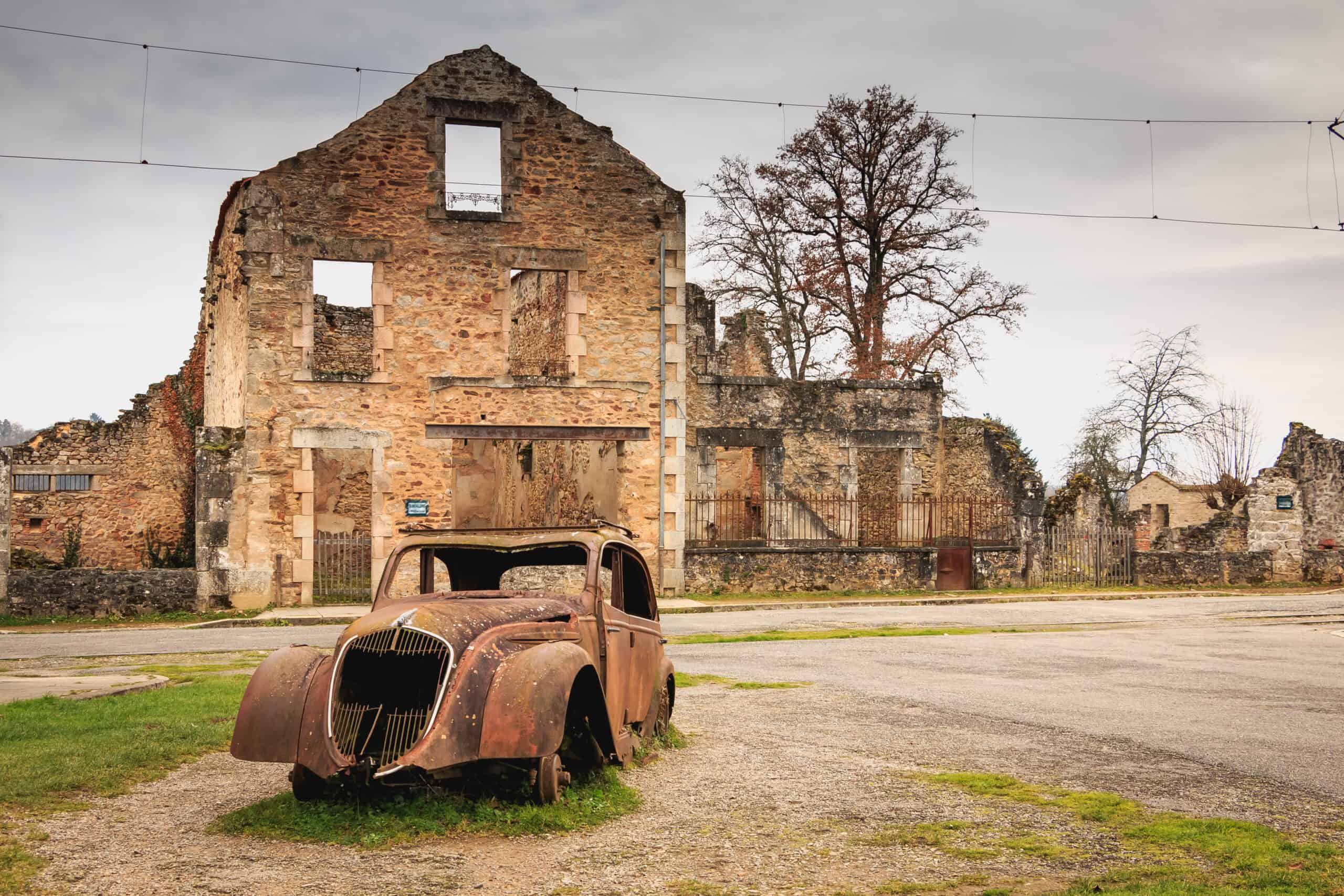
Oradour-sur-Glane is a village in France that was the site of a tragic massacre during World War II. On June 10, 1944, German SS troops killed 642 of the village’s inhabitants, including women and children, and then set fire to the buildings. The village has been preserved in its ruined state as a memorial and museum, serving as a poignant reminder of the horrors of war. Walking through the streets of Oradour-sur-Glane, visitors can see everyday items left behind, frozen in time, such as bicycles, cars, and household goods. The preserved ruins, including the charred remains of the church where many villagers sought refuge, offer a powerful and sobering experience. The site stands as a testament to the resilience of the human spirit and the importance of remembering the atrocities of the past to ensure they are never repeated.
Ross Island, India
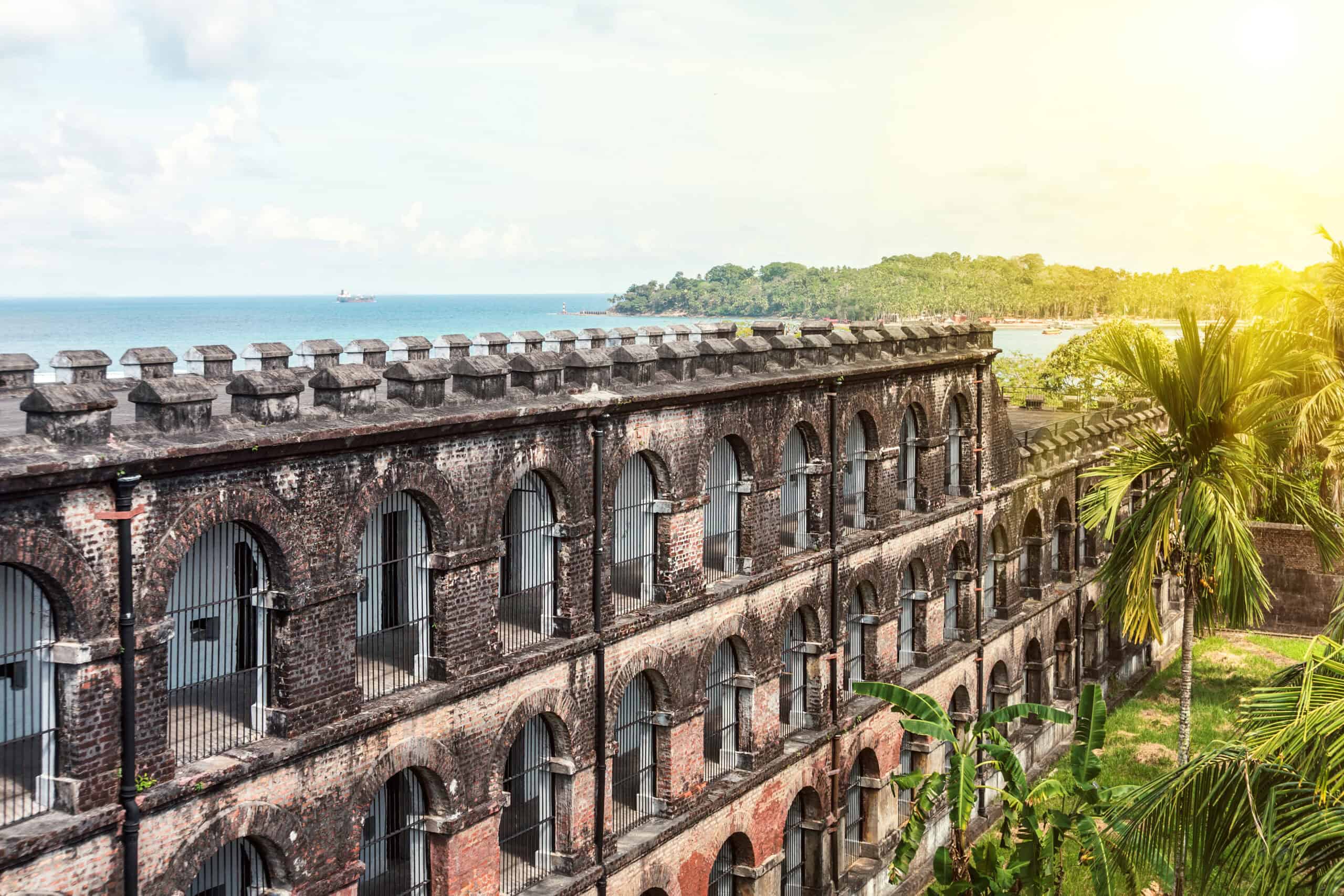
Ross Island, part of the Andaman and Nicobar Islands, was once the administrative headquarters for the British in the Andaman Islands. Established in the mid-19th century, the island was a bustling center of colonial life, complete with a hospital, church, bakery, and residences for British officials. However, the island was abandoned after an earthquake in 1941, and the ruins of the colonial buildings are now overrun by lush vegetation. The decaying structures, intertwined with roots and vines, create a hauntingly beautiful sight that evokes the passage of time and the power of nature to reclaim man-made structures. Ross Island’s history as a symbol of British colonial rule and its subsequent abandonment make it a fascinating and obscure landmark, offering a unique glimpse into the past.
Spreepark, Germany
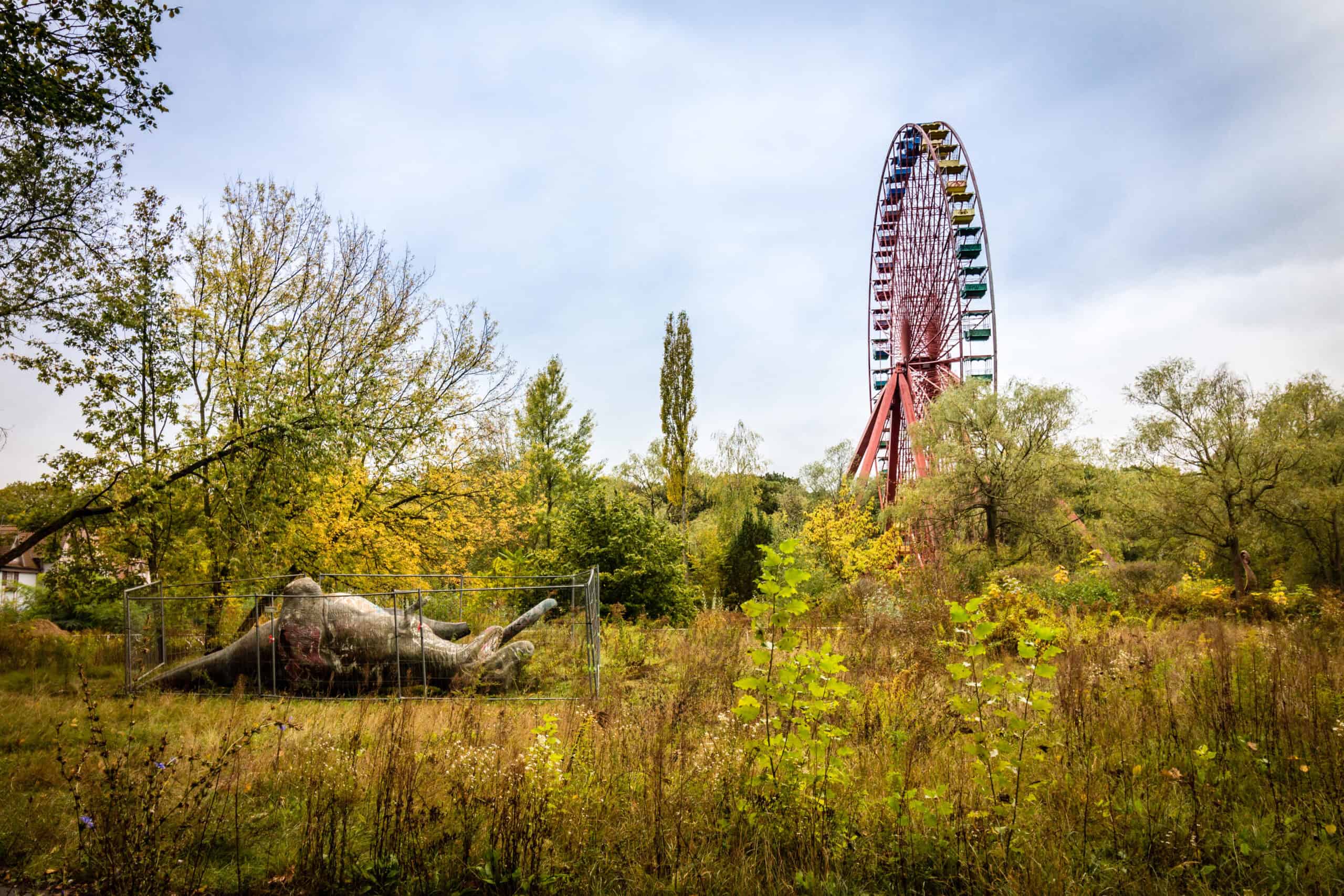
Spreepark, an abandoned amusement park in Berlin, was once a popular family destination in East Germany. Opened in 1969, the park featured a variety of rides and attractions, including a Ferris wheel, roller coasters, and a monorail. However, financial difficulties and declining visitor numbers led to the park’s closure in 2002. Since then, Spreepark’s decaying rides and attractions have become a popular site for urban explorers and photographers, who are drawn to its eerie, post-apocalyptic atmosphere. The park’s overgrown pathways and rusting structures offer a haunting reminder of the fleeting nature of human entertainment and the passage of time. Plans to redevelop the site have been met with mixed reactions, as many feel that Spreepark’s unique, abandoned charm should be preserved.
Leaning Tower of Suurhusen, Germany
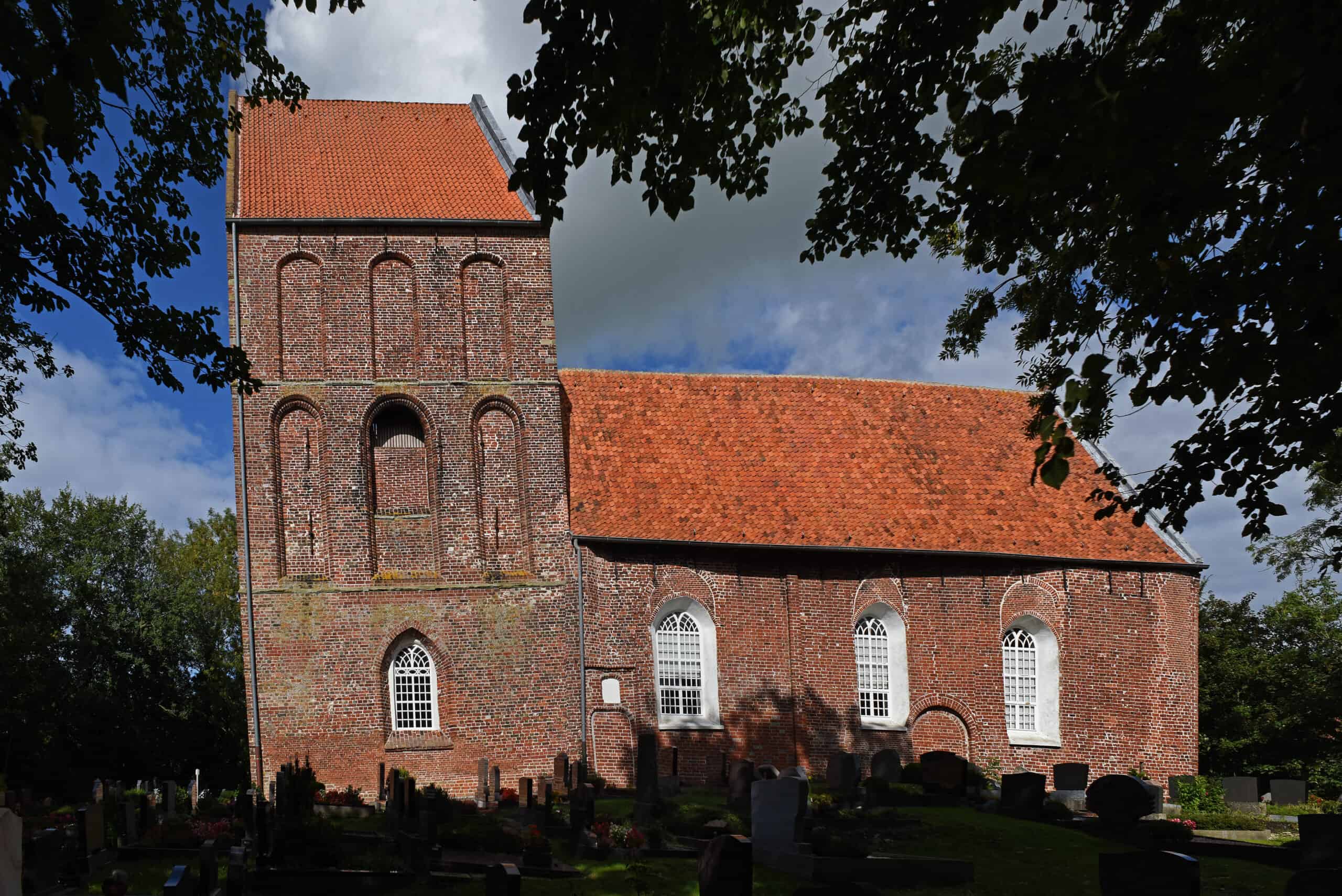
The Leaning Tower of Suurhusen, often overshadowed by the more famous Leaning Tower of Pisa, is recognized by Guinness World Records as the most tilted tower in the world. Constructed in the 13th century as part of a church, the tower began leaning due to the subsidence of the marshy ground on which it was built. With an angle of 5.19 degrees, it surpasses Pisa’s tilt and has become a curious and lesser-known landmark. The church itself remains an active place of worship, adding a layer of everyday life to the historical intrigue of the leaning tower. The combination of its extreme tilt, medieval origins, and ongoing use make the Leaning Tower of Suurhusen a fascinating and obscure landmark worth exploring.
The Rock of Guatapé, Colombia
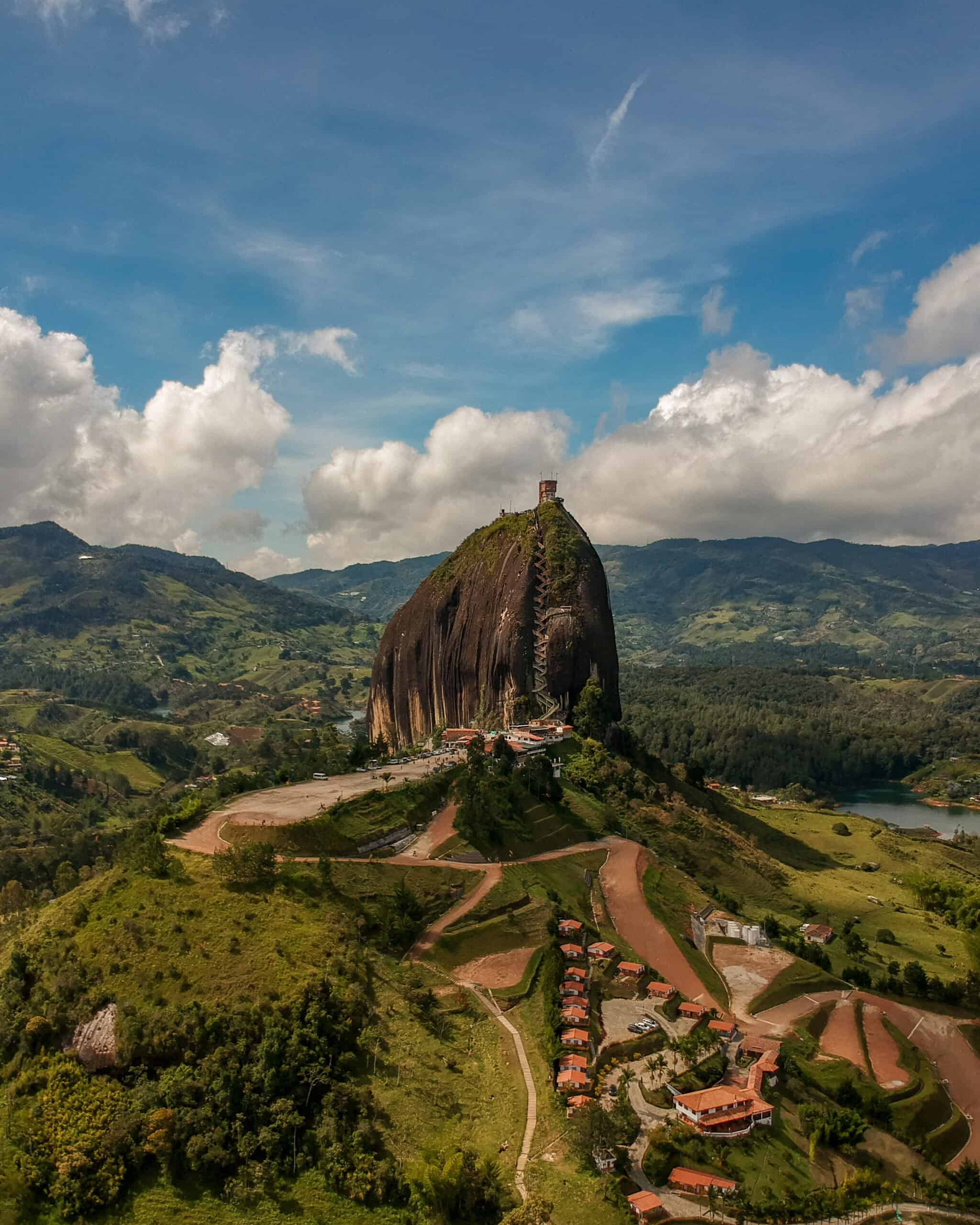
The Rock of Guatapé, known locally as “La Piedra” or “El Peñol,” is a massive granite monolith rising over 200 meters above the surrounding landscape. It features a staircase with 649 steps carved into the rock, leading to a viewing platform at the summit. From the top, visitors are rewarded with breathtaking panoramic views of the Guatapé Reservoir and the surrounding countryside. The rock has a mysterious history, with ancient petroglyphs indicating its significance to indigenous peoples. Today, it is a popular tourist attraction, drawing visitors from around the world who come to marvel at its natural beauty and climb its challenging steps. The Rock of Guatapé’s combination of geological wonder, historical intrigue, and modern-day appeal make it an obscure and fascinating landmark.
Huacachina Oasis, Peru
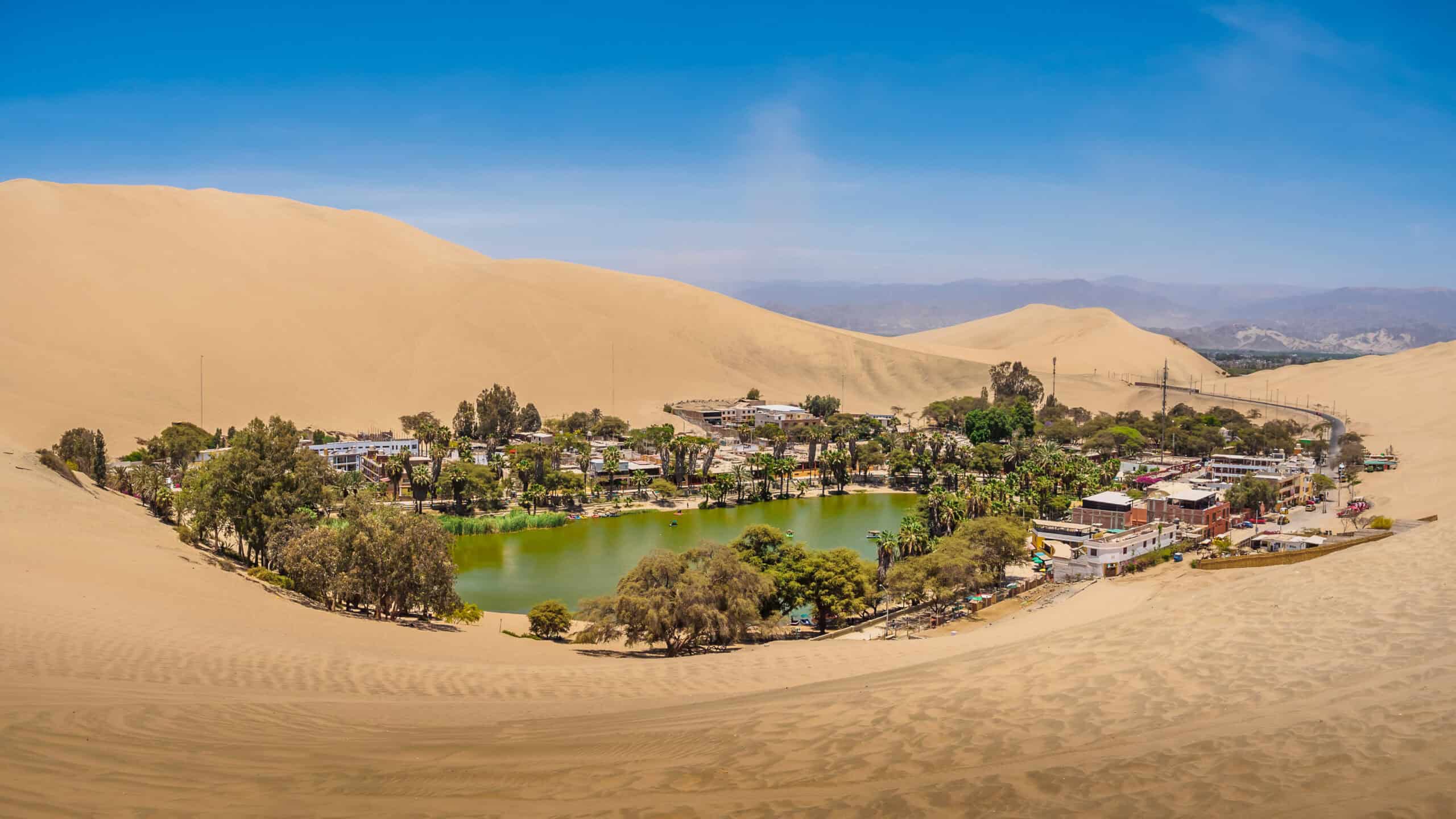
Huacachina is a natural oasis located in the desert of southwestern Peru, surrounded by towering sand dunes and featuring a small, picturesque lagoon. Historically, Huacachina was a retreat for wealthy Peruvians, who built luxurious villas around the lagoon in the early 20th century. Local legend tells of a mermaid residing in the lagoon, adding an element of mystery and folklore to the oasis. Today, Huacachina is a popular destination for adventure tourism, offering activities such as sandboarding and dune buggy rides. The oasis’s unique combination of natural beauty, historical charm, and recreational opportunities make it an obscure and captivating landmark.
Socotra Island, Yemen
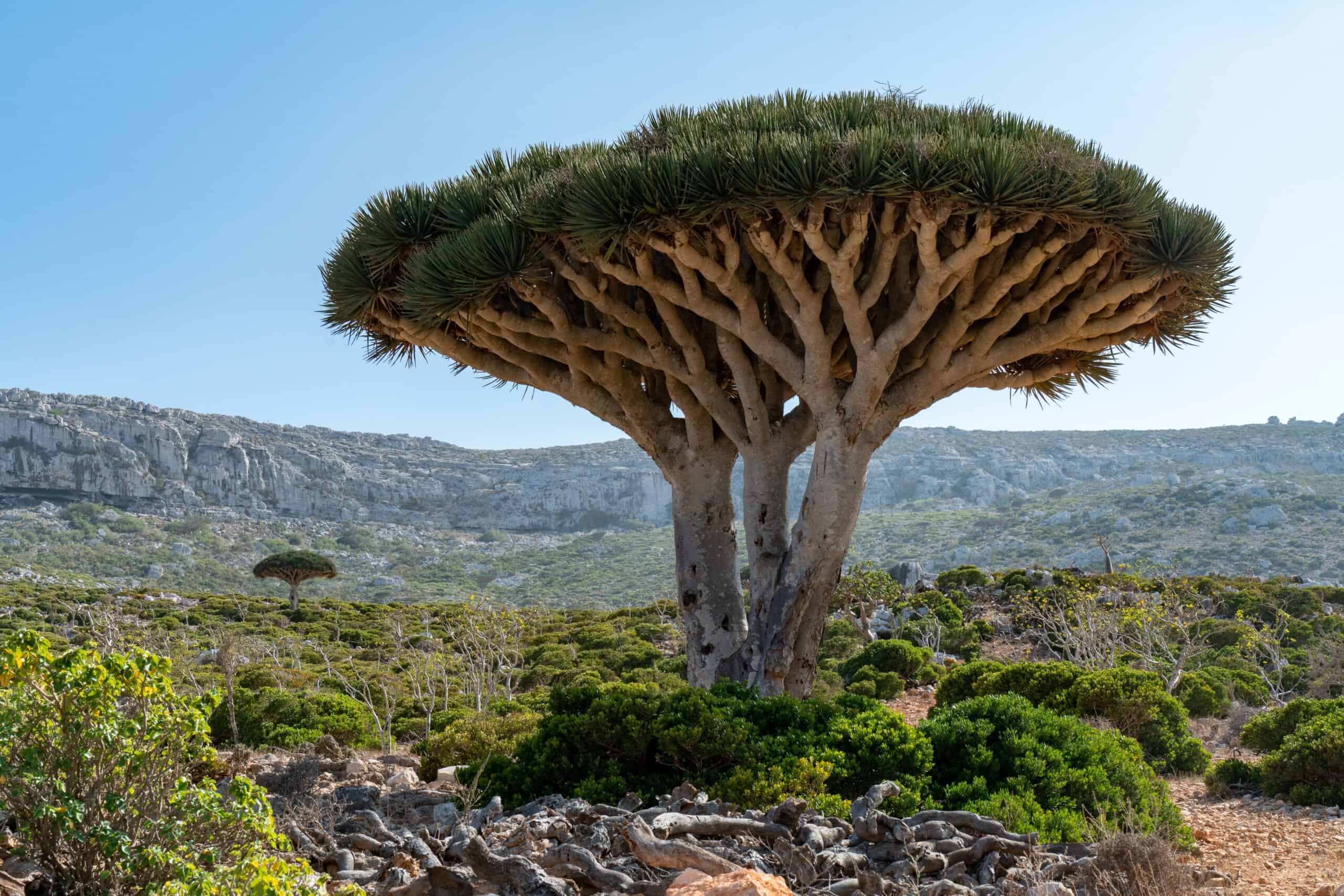
Socotra Island, often described as the “most alien-looking place on Earth,” is home to a unique and diverse range of flora and fauna, including the dragon’s blood tree, which produces a distinctive red sap. The island’s isolation has led to a high level of endemism, with many species found nowhere else in the world. The landscape of Socotra is otherworldly, with bizarrely shaped trees and plants that look like they belong on another planet. The island’s biodiversity and stunning natural beauty have earned it a place on the UNESCO World Heritage list. Despite its remote location and difficult access, Socotra attracts adventurers and nature enthusiasts who are drawn to its untouched and surreal environment. The island’s combination of ecological significance, isolation, and alien-like landscape make it a fascinating and obscure landmark.
Craco, Italy
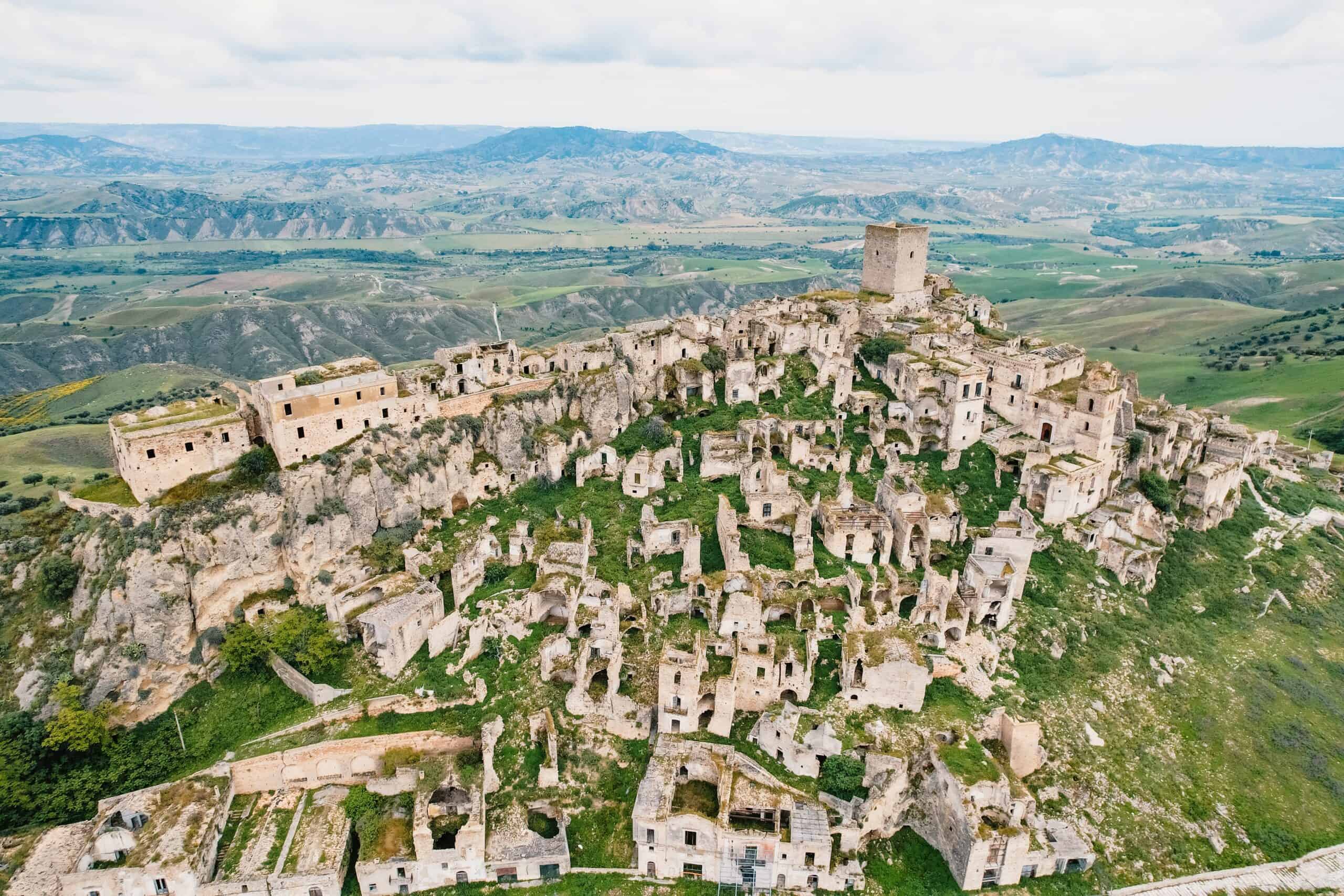
Perched on a hilltop in southern Italy, Craco is a medieval town that was abandoned in the 1960s due to landslides and other natural disasters. The town’s crumbling buildings and narrow streets create an eerie, deserted atmosphere that has made it a popular filming location for movies, including “The Passion of the Christ” and “Quantum of Solace.” Craco’s history dates back to the 8th century, and it has been inhabited by various civilizations, including the Normans and Byzantines. The town’s strategic location provided a natural defense against invaders, and its well-preserved ruins offer a glimpse into its storied past. The combination of its dramatic landscape, historical significance, and ghostly ambiance make Craco a captivating and obscure landmark.
This article originally appeared on Rarest.org.
M0re from Rarest.org
8 Uncommon Species of Wolves

Wolves are among the most fascinating and diverse animals in the wild, with various species and subspecies adapted to different environments across the globe. Read more.
10 Most Picturesque Islands in the Mediterranean

The Mediterranean is home to some of the world’s most breathtaking islands, each offering a unique blend of natural beauty, rich history, and vibrant culture. Read more.
14 Wealthiest Suburbs in Europe
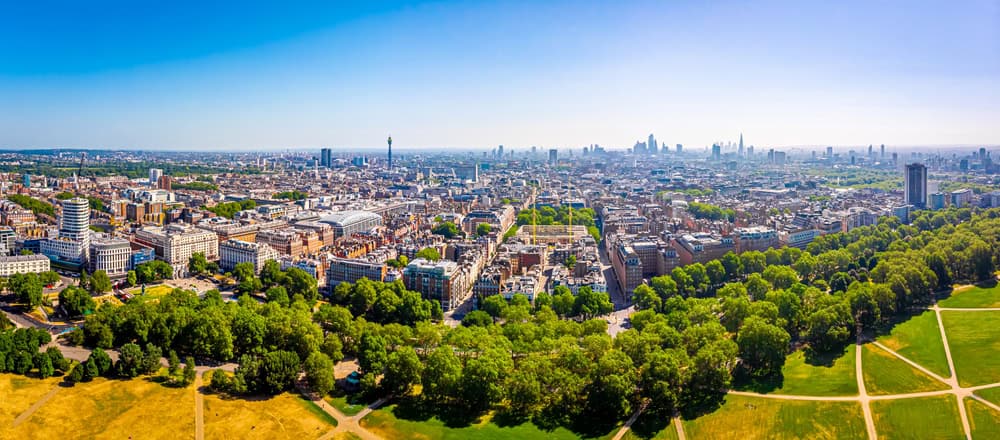
Europe is home to some of the most luxurious and affluent neighborhoods in the world. These exclusive suburbs offer a combination of stunning architecture, high-end amenities, and unparalleled quality of life. Read more.
